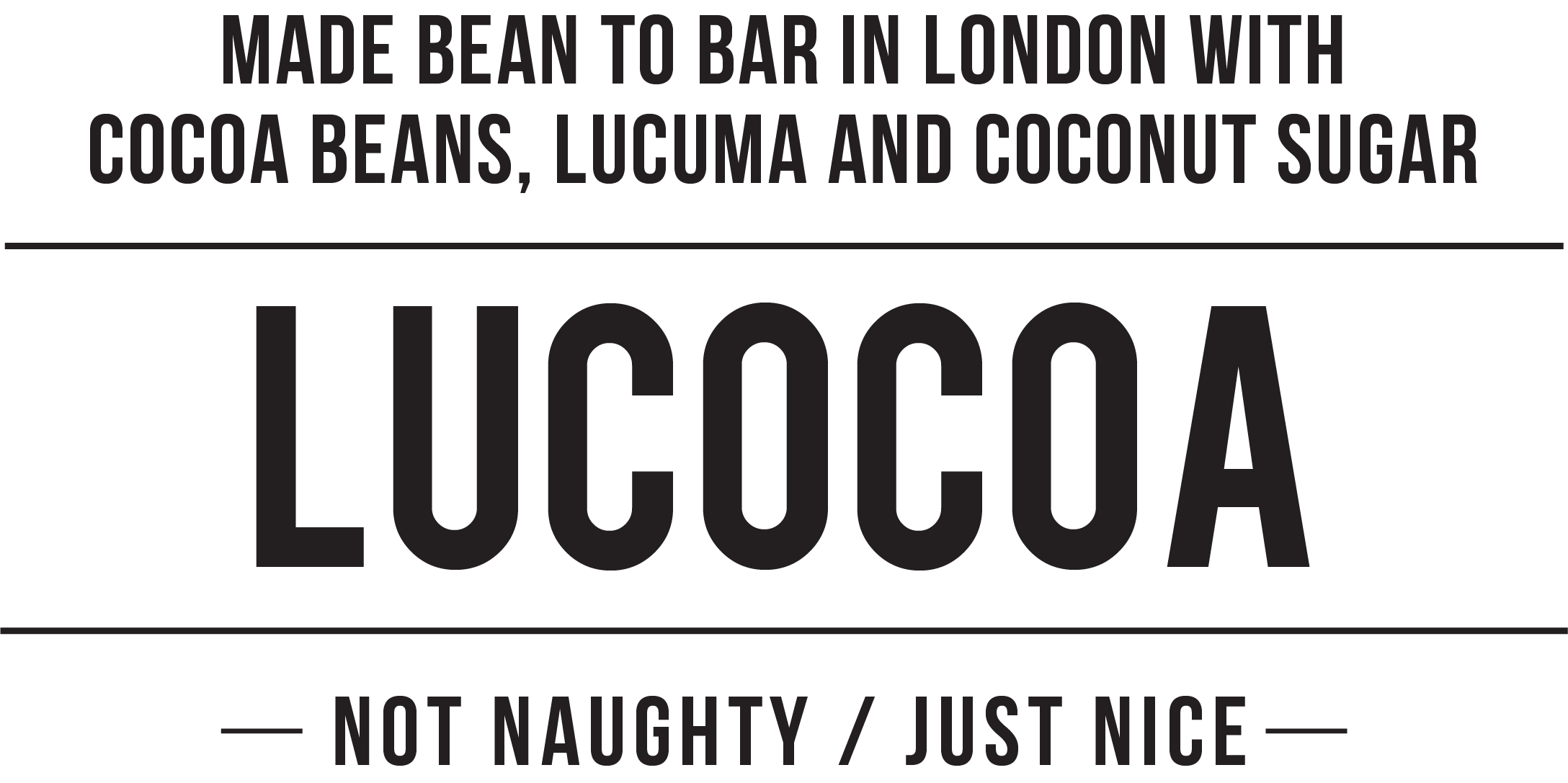What is Chocolate?...'It is Health!'
What is Health? ‘…It is Chocolate!’
When questioned ‘What is health’, the renowned 19th century French gastronome, historian, philosopher and magistrate Jean Anthelme Brilliat-Savarin replied: ‘It is chocolate!’.
In 1753, noted nologist (a person who deals with the classification of diseases), Carl Linnaeus, named the ‘Chocolate Tree’ as Theobroma Cacao’ which translates to ‘Food of the Gods’
This may completely confuse you, seeing as nowadays, chocolate is almost always deemed an ‘unhealthy’ food. However, when processed properly and without the addition of sugars, artificial ingredients and other additives, chocolate can have a huge amount of health benefits, and this was not lost of many of our predecessors. Unfortunately, nowadays, chocolate is seen as a huge, mass produced product, containing little to no nutritional benefit.
Chocolate has been produced as far back as the pre-Olmec cultures (who lived in Mexico as early as 1900BC). It was the Mesoamericans who first started harvesting cacao pods and fermenting and drying the seeds before roasting and grinding the beans. They would then mix these grounds with water and spices to make a hot, frothy chocolate drink. This was unsweetened most of the time.
This foamy hot chocolate drink was thought by the Olmec, Mayan and Aztec people to improve mood and even act as an aphrodisiac – something that they concluded meant that cacao had a spiritual quality and should be reserved for sacred ceremonies.
In the 14th century, cocoa beans were so sought-after that they were actually used as currency by the Aztecs!
In 1828, a Dutch chemist named Coenraad Johannes Van Houten invented the cocoa press; a machine which used pressure to extract the cocoa butter from roasted cocoa beans, leaving behind a dry ‘cocoa cake’ which was then made into powder – thus, cocoa powder came into existence.
At one point in time, Hot chocolate, tea and coffee were neck and neck in the ‘hot drink race’, however, in 1847, Joseph Fry discovered that a mouldable chocolate paste could be made by adding melted cocoa butter back into cocoa mass. By 1868, a small company (whose name began with a ‘C’) began making boxes of solid chocolates in England.
The invention of the cocoa press, combined with Joseph Fry’s method of reintroducing fats to cocoa mass, reduced the production cost of chocolate making dramatically; instead of making the chocolate from scratch from the cocoa beans, producers could now just buy pre-processed cocoa cake and add their own fats (often opting for cheaper alternatives to cocoa butter). This meant that this type of processed chocolate became widely available to the public.
By the 1950s the chocolate that had been used as a drug, a food and a source of currency was being marketed merely as a pleasure-filled sugar snack.
In the 19th century, chocolate was being consumed as a beverage for its reputably wholesome, healthy and healing qualities. The corporate futures of several leading manufacturers grew out of this connection between their product and health.
Enter Lucocoa.
We are doing chocolate differently. We make chocolate with personality.
We shred our 60% Haitian chocolate down, add a little extra organic unrefined coconut sugar and it’s ready to be mixed with hot milk (we use oat milk which works beautifully, but it works with all milks :)
In March 2021 we will be releasing a new chocolate variety that will eventually be made into a darker hot chocolate than our current 60% hot chocolate. Watch this space.






